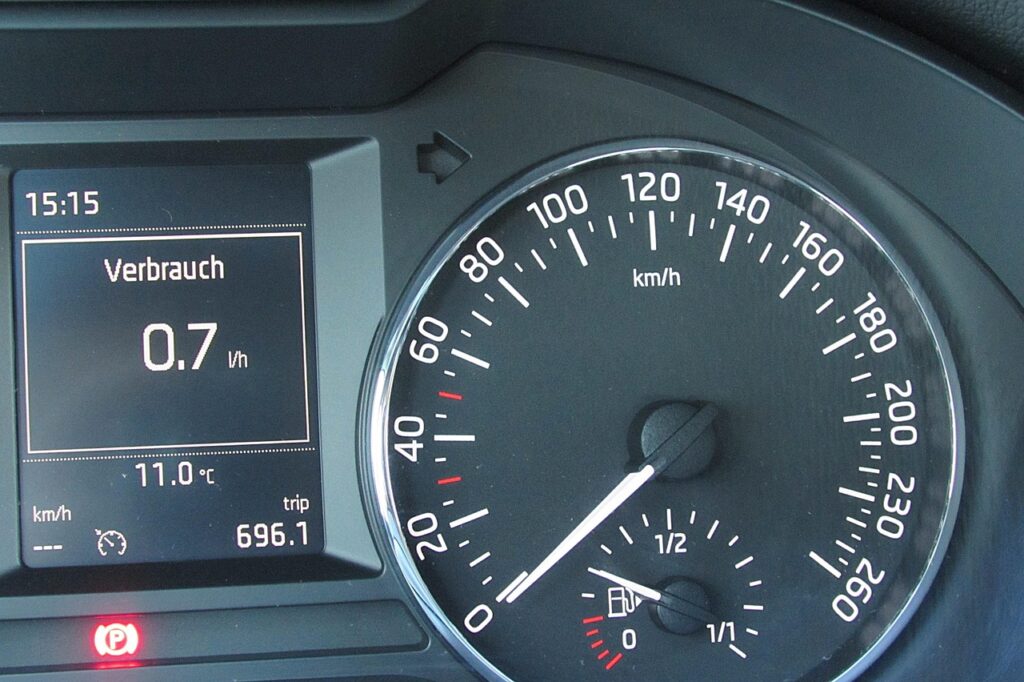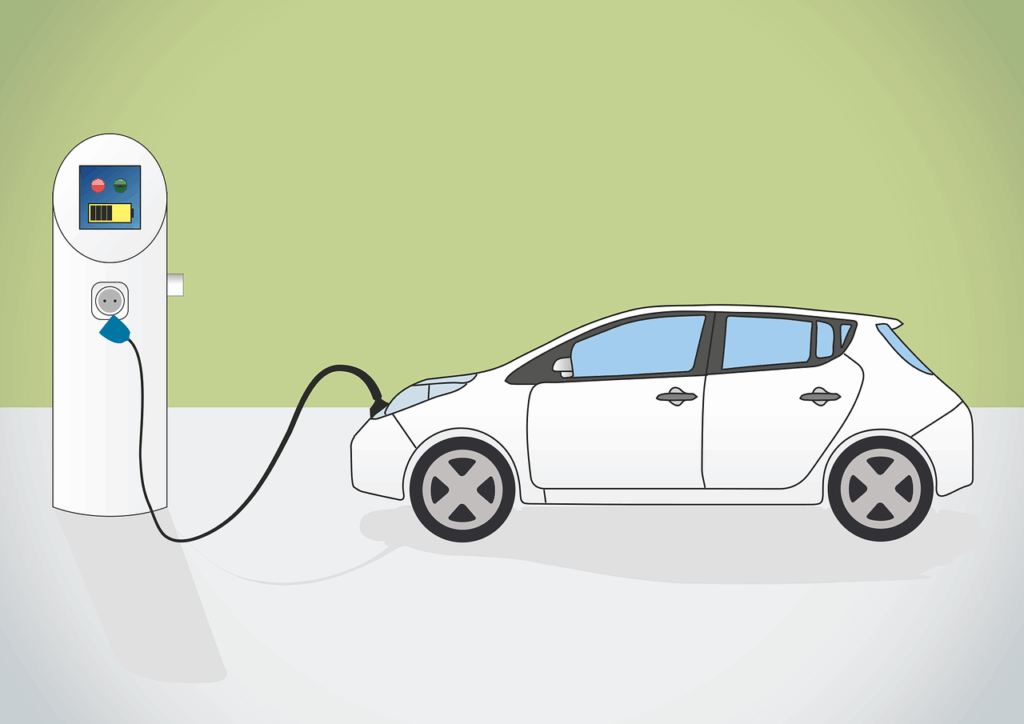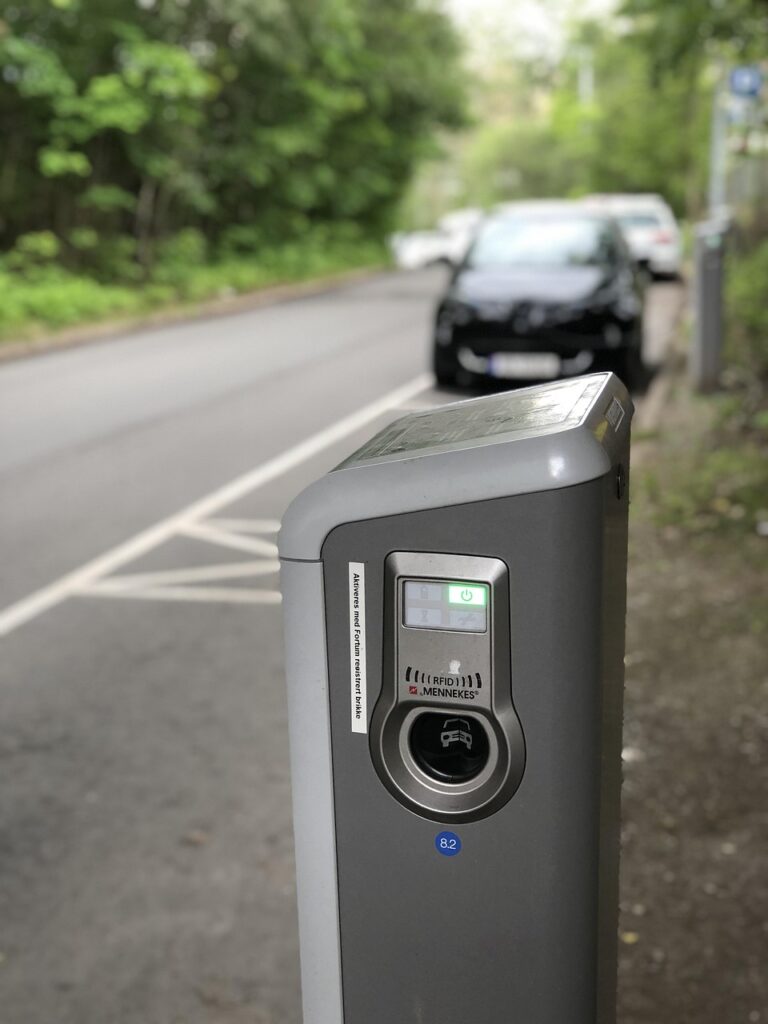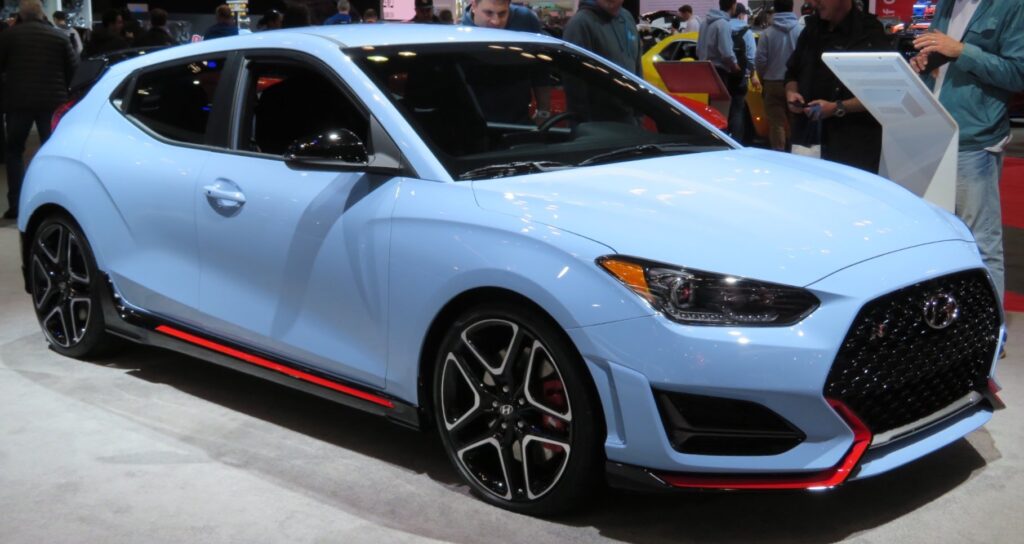
Electric cars are frequently heralded as the vanguard of transportation, promising an eco-friendly, efficient, and technologically advanced driving experience. Yet, the journey toward a fully electric future is not without its bumps and detours, as many owners are discovering that the dream drive can, at times, turn sour. A recent study, polling over 1,200 EV owners across 30 electric car communities, revealed that 9.1% of respondents had been stranded, often due to reasons more complex than simply running out of battery charge.
While the popular concern about ‘range anxiety’ — the fear of running out of battery charge — appears to be almost a non-issue, with just 0.6% of those surveyed reporting it had ever happened to them, a deeper dive into owner experiences uncovers a myriad of other factors leading to frustration and immobility. This comprehensive analysis, grounded in extensive owner feedback and industry insights, aims to shed light on the tangible problems that can transform the promise of electric mobility into an unexpected roadside ordeal or a source of profound disappointment.
From the practicalities of daily charging to the intricate dance of complex software systems and critical hardware, understanding these prevalent issues is crucial for current and prospective EV owners. Our objective is to provide objective, factual, and consumer-focused insights, offering a detailed analysis to empower readers with practical advice and a clearer picture of the electric vehicle ownership landscape.
1. **Limited Driving Range and Persistent Range Anxiety**
One of the most frequently cited concerns for electric vehicle owners, despite surveys indicating it’s not the primary cause of stranding, remains the actual usable driving range and the psychological stress it induces. While manufacturers often quote impressive figures, real-world conditions significantly impact how far an EV can truly travel on a single charge. Factors such as external weather conditions, aggressive driving habits, and varied terrain can all conspire to reduce the car’s expected distance, sometimes leaving drivers in an unexpected search for a charging station much sooner than anticipated.
Beyond the literal act of running out of charge, the constant awareness of the battery’s state and the need to meticulously plan routes to accommodate charging stops can be a source of considerable mental strain. This ‘range anxiety’ is particularly heightened for those embarking on longer journeys, transforming what should be a straightforward drive into a strategic exercise in energy management. The context explicitly states that ‘range anxiety is still a very real problem and a reason people hesitate to get into EVs,’ emphasizing that this is a tangible barrier to broader adoption and a source of ongoing owner concern.
Moreover, environmental factors such as cold weather exacerbate the issue, as ‘the range of an electric vehicle is reduced when the heater is turned ON.’ This means that during colder months, an EV that typically offers a robust range can see its effective distance diminish, adding another layer of complexity to route planning and daily usage. The discrepancy between advertised range and real-world performance, compounded by external variables, continues to be a point of disappointment for many who anticipated a more seamless driving experience.
Read more about: Beyond the Showroom Shine: A Mechanic and Enthusiast’s Unvarnished Truth About 13 Cars and Why New Isn’t Always Better
2. **The Inconvenience of Long Charging Times**
While traditional gasoline vehicles can be refueled in a matter of minutes, the extended time required to recharge an electric vehicle’s battery stands as a significant inconvenience for many owners. Even with the advent of fast chargers, fully replenishing a battery can demand anywhere from 30 minutes to several hours, a stark contrast to the almost instant gratification offered by gasoline pumps. This prolonged wait time necessitates a fundamental shift in user behavior, moving from quick, opportunistic stops to planned, extended pauses during journeys.
This issue is particularly pronounced when considering the time investment required for daily use. While home charging overnight mitigates some of this, for those without consistent access to home charging or who rely heavily on public infrastructure, the time commitment can be substantial. The context highlights this directly: ‘the lack of range that EVs offer is only worsened by the time it takes to fully recharge. Gas-fueled vehicles can get in and out of a gas station with a completely filled tank in as little as five minutes. Compared to that, EVs aren’t even close.’ This direct comparison underscores a fundamental difference in user experience that continues to challenge widespread EV acceptance.
The implications extend beyond mere waiting. Long charging times can disrupt schedules, delay travel, and even contribute to frustrations at busy charging hubs where drivers might face queues or pressure to finish charging quickly. This aspect of EV ownership requires a level of patience and planning that is not always compatible with the fast-paced demands of modern life, creating a practical hurdle that many find difficult to overcome. It is a persistent reminder that the convenience of an EV, particularly on longer trips, is intrinsically linked to the availability and speed of charging facilities.
Read more about: Navigating the Electric Highway: Unveiling the Smoothest EV Charging Experiences and Fastest Vehicles
3. **The Scarcity of Sufficient Charging Infrastructure**
Despite ongoing efforts to expand the network of charging stations, their ubiquity still pales in comparison to that of gasoline stations. This scarcity of reliable charging points presents a formidable challenge for electric vehicle owners, particularly when venturing beyond familiar local routes. The limited availability transforms long-distance travel into a meticulous planning exercise, as drivers must carefully map out their journeys to ensure access to a charging station when needed, often with little margin for error.
The context explicitly acknowledges this, stating, ‘Especially considering the limited number of charging stations across the U.S.’ This highlights a nationwide challenge that impacts the practicality of EV ownership for many. Without a dense and easily accessible network, the promise of spontaneous road trips or flexible travel remains largely unfulfilled, contributing to the aforementioned range anxiety and overall dissatisfaction. This infrastructure gap is not merely an inconvenience; it can be a genuine barrier to mobility, potentially stranding drivers in areas with sparse charging options.
Furthermore, the uneven distribution of charging infrastructure means that certain regions or routes are far better served than others. This geographical disparity can create ‘charging deserts’ where EV owners may find themselves in precarious situations, unable to find a suitable charging point. For many potential buyers, the concern about ‘insufficient charging infrastructure’ remains a significant deterrent, underscoring that the physical presence of charging stations is as critical as the performance of the vehicles themselves in fostering widespread adoption and owner confidence.
Read more about: Toyota’s Hypothetical ‘Water Engine’: Unpacking Hydrogen’s Disruptive Potential and the Future of Mobility Beyond EVs

4. **Frustration with Unreliable Public Charging Stations**
Even when charging stations are available, their reliability is not always guaranteed, leading to further frustration and potential stranding for electric vehicle owners. It is an unfortunate reality that a significant number of public charging points are frequently out of service, malfunctioning, or incompatible with certain electric vehicle models. This unreliability can leave drivers in incredibly difficult situations, especially after having carefully planned their route around what they believed to be an available charging spot.
As the context points out, ‘Not all charging stations are reliable, with some frequently out of service or incompatible with certain electric vehicle models.’ This highlights a critical flaw in the current charging ecosystem. Imagine arriving at a desperately needed charging station only to find it broken, or that your vehicle cannot connect, forcing an immediate and stressful search for an alternative. Such experiences can quickly erode confidence in EV ownership and transform a planned stop into a nerve-wracking ordeal.
These reliability issues are a significant source of disappointment and can directly lead to drivers being stranded. Unlike a gas pump, which typically functions consistently regardless of the vehicle, public EV chargers introduce variables related to network connectivity, hardware malfunctions, and software compatibility. This unpredictable nature of the charging infrastructure adds an unforeseen layer of risk to EV travel, making the promise of convenient electric mobility feel distant for those who have experienced the frustration of a non-functional charging point.
Read more about: Buyer’s Remorse: Unpacking the 15 Major Letdowns Driving EV Owners Back to Gas Cars

5. **The Pervasive Challenge of Frequent Software Glitches**
Modern electric vehicles are essentially computers on wheels, relying heavily on intricate and complex software systems to manage everything from their advanced driver-assistance systems (ADAS) to battery management and infotainment. While this software-first approach enables innovative features and over-the-air updates, it also introduces a susceptibility to glitches and bugs that can severely impact vehicle functionality and reliability. These frequent software issues can affect various aspects of the car, leading to significant frustration and inconvenience for drivers.
The context explicitly notes that ‘2.1% of owners said they faced software issues,’ highlighting this as a distinct problem separate from mechanical failures. These glitches can manifest in numerous ways, from navigation system errors and infotainment system freezes to more critical problems affecting the drivetrain or battery management. A striking example mentioned is a Chevy Blazer EV being stranded due to a ‘software issue… during a road trip last year,’ underscoring the real-world impact of these digital hiccups. Such incidents can render a vehicle inoperable, turning a planned journey into an unexpected delay or a complete halt.
Automakers, including ‘Volkswagen, Rivian and General Motors,’ have faced a ‘steep learning curve’ in making all these systems work flawlessly. This ongoing battle with software reliability means that even newer models can be prone to unexpected issues, undermining the perception of EVs as highly advanced and dependable machines. For owners, these glitches are not just minor annoyances; they can compromise safety, disrupt travel, and contribute to a general sense of unease about the vehicle’s trustworthiness, making them a significant factor in overall owner dissatisfaction and the potential for being stranded.
Read more about: From Showroom Shine to Garage Grind: 15 Vehicles That Left Owners Longing for a Refund

6. **Critical Component Failures: The Hyundai Ioniq 5’s ICCU Crisis**
Beyond general software glitches, specific critical component failures can leave EV owners entirely stranded, with the Hyundai Ioniq 5’s Integrated Charging Control Unit (ICCU) emerging as a prominent example. Reports across various online communities, including forums and social media, detail Ioniq 5 owners experiencing a total loss of power, effectively ‘bricking’ their brand-new electric vehicles. This component is vital, as it’s ‘tasked with charging both the high voltage battery that drives the electric motor and the 12-volt battery that powers the car’s cabin accessories.’ A failure in the ICCU directly leads to a dead 12V battery, rendering the entire vehicle inoperable.
The initial rumors from Korea pointed to a coolant leak as the cause, with news agency United Press International’s Korean reporters Kim Hye-ran & Kim Tae-gyu writing about ‘Hyundai acknowledges coolant leak in Ioniq 5.’ This suggested a manufacturing flaw, possibly related to welding, allowing coolant to compromise the ICCU’s electrical components. However, Hyundai Motor America has stated that ‘the primary issues associated with the ICCU are actually not coolant related’ in the U.S., attributing problems instead to ‘Overactive unauthorized Bluelink use by 3rd party Apps that is waking up the car too often’ and specific ICCU and fuse replacements.
Regardless of the exact root cause, the consequence for owners is the same: being stranded. Complaints to the National Highway Traffic Safety Administration (NHTSA) and numerous online posts describe a loud ‘pop,’ followed by a warning light, the car entering limp mode, and then dying altogether. These incidents are not isolated; numerous reports of ‘apparent ICCU failure causing vehicles to die on the roadway’ highlight a widespread and critical reliability issue that directly leads to cars being immobilized. The detailed accounts, including a Redditor stranded on I-80 in deep snow due to a broken ICCU, paint a clear picture of the severe disruption and frustration this specific component failure can inflict upon EV owners.
The lengthy repair times, with some owners reporting waits of ‘over 85 days to have his car fixed,’ further compound the problem. Despite Hyundai repairing these vehicles free of charge, the loss of trust and the inconvenience of being without a vehicle for extended periods lead to significant ‘buyers remorse’ and calls for a recall. This saga with the Ioniq 5’s ICCU exemplifies how a single critical component, whether due to manufacturing defect or software interaction, can undermine confidence in an otherwise highly praised EV and leave owners feeling utterly stranded and deeply disappointed with their technological investment.
Having explored the immediate operational hurdles that can unexpectedly halt an electric vehicle’s journey, we now turn our attention to the broader, often more insidious, challenges of EV ownership. These are the factors that extend beyond a single roadside incident, impacting long-term satisfaction, financial implications, and the overarching practicality of integrating an electric vehicle into one’s life. Understanding these systemic issues is crucial for anyone considering the shift to electric, offering a more complete picture of what the future of driving truly entails.
7. **Widespread Mechanical Reliability Issues**
While much of the media attention surrounding EV problems focuses on batteries and software, a recent survey paints a different, equally concerning picture: purely mechanical issues are a significant cause of stranding. The study found that 6.4% of owners reported mechanical problems, making this the most common category of failure, surpassing even software-related incidents. These aren’t minor inconveniences; they often involve fundamental vehicle systems that can render a car inoperable.
These mechanical breakdowns can emerge from various critical components, including the suspension, drivetrain systems, or the sophisticated cooling systems essential for managing large battery packs. Unlike the occasional software glitch that might be fixed with an over-the-air update, mechanical failures typically necessitate a trip to the service center, potentially leading to lengthy repair times and significant disruption to an owner’s routine. This underscores a ‘steep learning curve’ for automakers as they strive to perfect the entire vehicle, not just its electric propulsion.
The survey results indicated a disparity in mechanical reliability across brands. Owners of General Motors products, including older Chevrolet Bolt models and newer GMC Hummer EV and Chevy Silverado EV, reported higher rates of being stranded due to mechanical faults. Nissan owners also faced similar numbers, suggesting a broader challenge within certain legacy automakers in adapting to the unique mechanical demands of electric vehicles. This indicates that while new EVs promise advanced technology, the foundational engineering still needs refinement.
Conversely, the data revealed that BMW owners experienced far fewer stranding incidents, with models like the i4, i5, and iX all reporting mechanical issues at 5% or less. Tesla also showed better-than-average results, with just 7% of owners reporting being stranded due to any issue, and specifically, zero owners reporting software as the cause. These findings suggest that while mechanical reliability is a widespread concern, some manufacturers are demonstrating greater success in delivering a more robust and dependable electric driving experience.
Read more about: 12 Cars That Broke Down Within the First Year: Owners Say They’d Never Buy Again

8. **Deterioration of Performance in Cold Weather**
For many electric vehicle owners, the dream of an eco-friendly ride can quickly turn chilly when temperatures drop. Electric vehicles often struggle significantly in cold weather, a reality that impacts both battery efficiency and overall driving range. The chemical reactions within the battery are less efficient at lower temperatures, meaning less energy is available to power the vehicle and its ancillary systems, directly diminishing the car’s expected distance on a single charge.
Furthermore, the necessity of heating the cabin in colder months places an additional drain on the battery. As the context clearly states, ‘the range of an electric vehicle is reduced when the heater is turned ON.’ This means that a vehicle that might offer an impressive range in milder conditions can see its effective travel distance significantly cut in winter, adding another layer of complexity to route planning and daily usage. Owners might find themselves needing to charge more frequently, or being unable to complete journeys they would comfortably make at other times of the year.
Beyond just range, cold temperatures can also affect the car’s heating system itself, making the interior less comfortable for occupants. This can be a major source of frustration, transforming what should be a comfortable and modern driving experience into one fraught with concerns about warmth and mobility. The combination of reduced range and diminished comfort challenges the perception of EVs as seamlessly integrated into all-weather lifestyles.
This specific limitation in cold weather performance is a practical reality that dampens the enthusiasm for EV ownership for many. It highlights a critical area where current electric vehicle technology still needs to evolve to provide consistent, reliable performance regardless of climate. For potential buyers in colder regions, this is a significant factor to consider, as it directly impacts the vehicle’s utility and the overall satisfaction derived from their investment.
Read more about: The Definitive Guide to Making Your Car’s Paint Last Forever: Expert Tips for Unrivaled Longevity for Car Owners

9. **Unavoidable Battery Degradation Over Time**
Just like the battery in a smartphone that loses its pep after a couple of years, the high-voltage battery packs in electric vehicles are also subject to an inevitable process of degradation over time. This means that gradually, the battery’s capacity to hold a full charge diminishes, directly reducing the car’s maximum driving range. What was once an advertised 300-mile range might, after several years, become a 270-mile range, and the trend continues.
This degradation can be a significant disappointment for drivers who initially invested in an EV expecting their vehicle to maintain its peak performance for many years. The slow, persistent erosion of range can lead to increased ‘range anxiety’ over the lifespan of the vehicle, even if the initial fear of running out of charge was low. Owners may find themselves planning charging stops more meticulously than before, or feeling increasingly limited on longer trips, altering their perceptions of convenience and freedom.
From a long-term ownership perspective, battery degradation is a critical factor influencing overall EV satisfaction. It directly impacts the practical utility of the vehicle and can affect its desirability in the used car market. Understanding that this is a natural part of battery chemistry, and not necessarily a defect, is important for managing expectations, but it remains a substantial consideration for anyone looking at the sustained value and performance of their electric vehicle over a decade or more of ownership.
Read more about: The Definitive Guide to Making Your Car’s Paint Last Forever: Expert Tips for Unrivaled Longevity for Car Owners
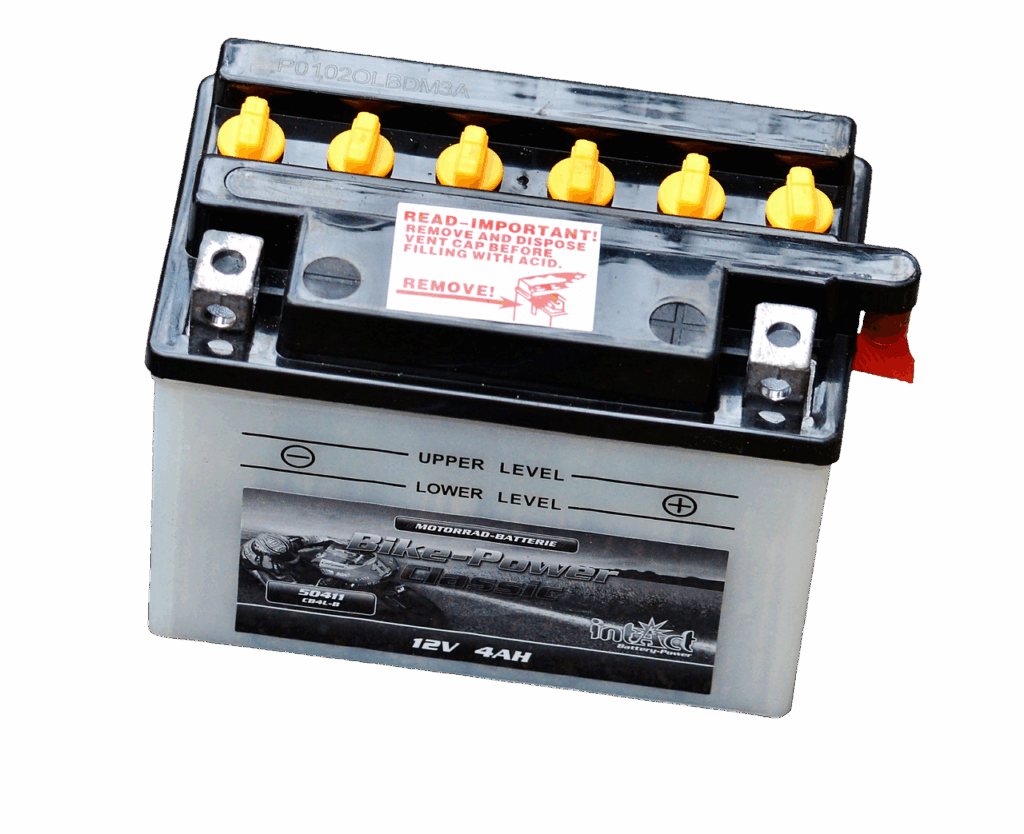
10. **The Looming Specter of Expensive Battery Replacement**
Closely linked to the issue of battery degradation is the potentially astronomical cost of replacing an electric car’s battery pack when its capacity falls to an unacceptable level or if it suffers damage. While EVs are often lauded for lower running costs due to cheaper ‘fuel’ and reduced maintenance needs, the expense of a new battery can effectively wipe out years of savings, presenting a formidable financial hurdle that many consumers may not fully anticipate. This is a crucial element of long-term ownership cost that differentiates EVs from traditional vehicles.
Replacing an EV battery is not a minor undertaking; it involves highly specialized components and labor. The price tags associated with these replacements can be substantial, often running into many thousands of dollars, sometimes approaching or even exceeding a significant percentage of the vehicle’s original purchase price. This high cost can be a major downside for owners, creating a dilemma as their vehicle ages: continue to manage with reduced range or face a massive expenditure to restore its original capabilities.
The prospect of such a hefty future cost can lead to significant buyer’s remorse, particularly for those who bought an EV expecting a hassle-free, economically superior ownership experience over the long haul. It transforms what could be a sustainable investment into a potential ‘money pit’ in the eyes of some owners. This financial reality highlights the need for manufacturers to develop more affordable battery replacement programs or for advancements in battery technology that offer significantly longer lifespans and easier, more modular repairs.
Addressing battery end-of-life and replacement costs is also critical for the environmental sustainability of electric vehicles. The context implicitly suggests the importance of establishing an efficient recycling industry to prevent serious environmental risks from battery waste, underscoring that the entire lifecycle of EV batteries, from mining to eventual disposal or recycling, must be considered to make the electric future truly green and economically viable for all.
Read more about: Kiplinger’s Guide: 12 Essential Strategies for Americans to Navigate and Thrive Through an Economic Recession

11. **High Initial Purchase Price as a Barrier**
One of the most immediate and impactful barriers to widespread electric vehicle adoption remains the higher initial purchase price compared to their gasoline-powered counterparts. While the long-term benefits of EVs, such as savings on fuel and potentially reduced maintenance, are often emphasized, the steep upfront cost can be a significant deterrent for a large segment of potential buyers. This financial entry point means that electric vehicles are not yet accessible to everyone, limiting market penetration and broader consumer choice.
For many households, the higher sticker price represents a substantial financial commitment that is simply out of reach, even with government incentives. This disparity in initial investment means that despite the environmental advantages and perceived technological superiority, the path to EV ownership remains exclusive for many. It forces consumers to weigh immediate budget constraints against future savings, a calculation that often favors more affordable internal combustion engine (ICE) vehicles.
This high initial cost doesn’t just affect individual buyers; it’s a systemic issue impacting the overall pace of the transition to electric mobility. Until manufacturing costs come down significantly, or more robust financial support mechanisms are universally available, the price barrier will continue to slow the widespread adoption that many countries are striving for. It underscores the challenge of balancing technological advancement with economic accessibility in the automotive market.
While some might argue that the total cost of ownership (TCO) over the vehicle’s lifespan evens out, the reality for many consumers is that the initial outlay is the primary decision point. Without overcoming this fundamental financial hurdle, the dream of an all-electric future will remain out of reach for a considerable portion of the population, limiting the pace at which the market can truly embrace this new era of transportation. It’s a critical factor preventing EVs from becoming a universal solution today.
Read more about: Unveiling the Future: Life Aboard the USS Gerald R. Ford, the World’s Largest Aircraft Carrier
12. **Limited Vehicle Availability and Consumer Choice**
Despite the increasing buzz around electric vehicles, a significant challenge for consumers is the comparatively limited number of EV models available in the market when stacked against the vast array of gasoline-powered cars. This restricted selection means that drivers seeking specific body styles, performance characteristics, or features often find it difficult to locate an electric vehicle that perfectly aligns with their needs and preferences. It’s a matter of supply struggling to meet diverse demand.
This issue extends beyond just the variety of models; it also encompasses the actual availability of vehicles for purchase. Many established manufacturers, despite announcing ambitious plans for electrification, are struggling to scale production quickly enough to meet demand. For instance, Ford, a giant in the automotive industry, expects to produce only 40,000 units of its F-150 Lightning electric vehicle, a stark contrast to the 700,000 gas-powered F-150s it built and sold in the preceding year. This production gap is a significant bottleneck.
Even leading EV manufacturers like Tesla have faced substantial supply chain issues, leading to certain models being completely sold out and long waiting lists for customers. This scarcity creates frustration for consumers eager to make the switch, turning the buying process into a waiting game rather than a straightforward purchase. It highlights a fundamental disconnect between consumer interest and the industry’s capacity to deliver at scale.
Ultimately, this limited availability and lack of diverse consumer choice impact overall EV satisfaction and hinder the broader market transition. Without a wide range of readily available and affordable options, many potential buyers will remain on the sidelines, sticking with traditional vehicles. For the electric dream to truly flourish, manufacturers must not only innovate in technology but also drastically ramp up production to offer a diverse and accessible fleet of electric vehicles to meet the varied demands of a global market.
Read more about: The Great Automotive Shake-Up: 15 Brands Navigating the U.S. Market’s Shifting Sands
The journey toward a fully electric future, as this in-depth look reveals, is undoubtedly complex. While the initial vision of quiet, emission-free, and technologically advanced driving remains compelling, the real-world experiences of many owners highlight a spectrum of practical challenges. From the immediate inconveniences of charging and software glitches to the broader implications of mechanical reliability, cold weather performance, and significant financial commitments, the electric dream, at times, can certainly turn sour. Yet, recognizing and addressing these issues head-on is the crucial next step, transforming them from roadblocks into opportunities for innovation, refinement, and ultimately, a more dependable and satisfying electric mobility experience for all.

